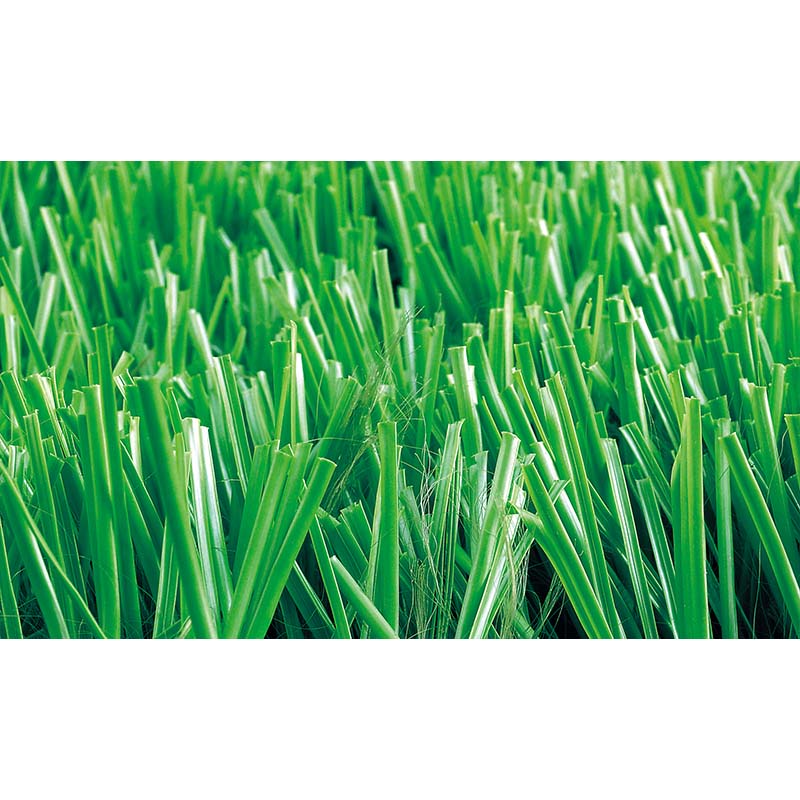Artificial Turf Manufacturing Facility for Sustainable Sports and Landscaping Solutions

The Rise of Artificial Turf Factories Revolutionizing Sports and Landscaping
In recent years, the demand for artificial turf has surged, transforming how we think about sports fields, landscaping, and recreational spaces. Artificial turf factories have emerged as pivotal players in this industry, providing innovative solutions that combine durability with aesthetic appeal. This article explores the evolution of artificial turf factories, their production processes, and the implications for sports, landscaping, and environmental sustainability.
Evolution of Artificial Turf
Artificial turf was first introduced in the 1960s, primarily for use in sports arenas. The original product, known as Astroturf, was a far cry from the sophisticated versions we see today. Early iterations were made from harsh materials that barely resembled natural grass and were criticized for their lack of playability and realism. However, technological advancements in the following decades led to significant improvements in the quality of artificial grass, leading to the establishment of specialized factories dedicated to production.
Today’s artificial turf is crafted from high-quality polyethylene and polypropylene fibers designed to mimic the look and feel of natural grass. Factories utilize state-of-the-art manufacturing techniques, including tufting and extrusion processes, to produce realistic turf that is not only visually appealing but also capable of withstanding the wear and tear of rigorous sports activities.
The Production Process
The production of artificial turf begins with selecting the right materials. The fibers are typically made from UV-stabilized polyethylene to prevent fading and degradation from sunlight. One of the critical innovations in recent years has been the development of a monofilament fiber, which is not only more durable but also more realistic in appearance compared to traditional fibrillated fibers.
Once the materials are sourced, the manufacturing process begins. The first step involves extruding the fibers through a specially designed die, creating long strands that are then tufted into a backing material, typically composed of either latex or polyurethane. This backing provides stability and support to the turf. After tufting, the surface is coated with infill materials, such as crumb rubber or sand, which help to keep the fibers upright and absorb impact, resembling the natural cushioning found in real grass.
Modern artificial turf factories are also focusing on eco-friendly practices. Many are incorporating recycled materials into their production processes, reducing waste and the overall environmental impact. This trend not only appeals to environmentally conscious consumers but also aligns with broader sustainability goals.
artificial turf factory

Advantages of Artificial Turf
The popularity of synthetic grass can be attributed to several factors. For sports fields, artificial turf offers a consistent playing surface that can endure extreme weather conditions and heavy use without becoming muddy or uneven. This reliability ensures that athletes can practice and compete in optimal conditions year-round. Additionally, maintenance costs are significantly lower compared to natural grass, which requires regular mowing, watering, and fertilization.
In landscaping, artificial turf has become a preferred choice for homeowners seeking low-maintenance garden options. Its ability to retain color and texture throughout various seasons and its resilience to pests and diseases make it ideal for areas where traditional grass struggles to thrive.
Environmental Considerations
Despite the numerous benefits, the rise of artificial turf has not come without controversy. Critics often cite environmental concerns related to the production, durability, and eventual disposal of synthetic grass. However, manufacturers are evolving. Many companies are now committed to using recycled materials and producing turf that can be fully recycled at the end of its lifecycle, potentially alleviating some environmental concerns.
Additionally, while the surfaces themselves do not require water and minimize chemical use, the heat retention properties of artificial turf can lead to increased local temperatures, a phenomenon often referred to as the urban heat island effect. New innovations are being developed, such as heat-reflective infills and porous backing materials, to mitigate these effects.
Conclusion
Artificial turf factories represent a crucial part of the sports and landscaping industries, providing high-quality, durable, and versatile solutions for a variety of applications. As technology continues to advance, these factories will likely play an even more significant role in shaping the future of outdoor spaces. By addressing environmental concerns and focusing on sustainability, the artificial turf industry can ensure its growth aligns with the needs and values of a rapidly changing world. With the right balance of innovation and responsibility, artificial turf can indeed contribute positively to both our sporting activities and our environment.
With years of expertise in artificial grass, we're dedicated to providing eco-friendly, durable, and aesthetically pleasing solutions.
Our commitment to quality and customer satisfaction shapes every blade of grass we produce,
ensuring that we not only meet, but exceed,your landscaping expectations.




